Baby Child
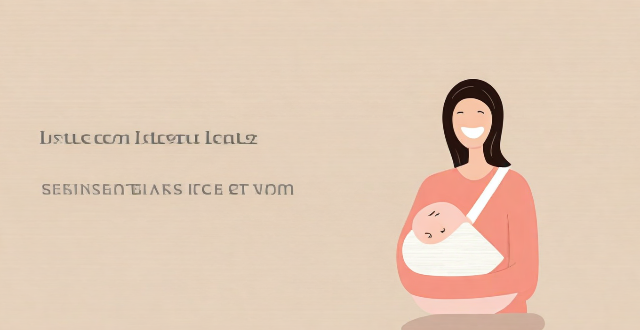
What is the ideal age for a woman to start trying for a baby ?
The ideal age for women to start trying for a baby varies depending on individual circumstances, but generally, women in their late 20s and early 30s are considered to be in the optimal age range due to their physical health, emotional readiness, and financial stability.

What are the best gifts for a new baby ?
Best Gifts for a New Baby When it comes to choosing the perfect gift for a new baby, there are many options to consider. Here are some of the best gifts for a new baby: - Clothing and Accessories: Onesies, swaddle blankets, hats, and booties are essential for any newborn. Look for ones with cute designs or funny sayings. - Nursery Essentials: A spacious and stylish diaper bag, baby monitor, and rocking chair or glider are must-haves for parents on the go. - Toys and Learning Tools: Plush toys provide comfort and companionship for babies. Board books and musical toys can help stimulate a baby's developing senses and cognitive skills. - Safety and Health Products: A reliable car seat, thermometer, and humidifier are important for ensuring your baby's safety and health.

How do I wean my baby off of nighttime feedings ?
Weaning your baby off of nighttime feedings can be a challenging process, but with patience and consistency, it is possible to achieve. Here are some steps you can follow: 1. Establish a Bedtime Routine: Create a consistent bedtime routine for your baby that includes calming activities such as bath time, reading stories, or singing songs. This will help your baby associate these activities with sleep and make it easier for them to fall asleep without needing a feeding. 2. Gradually Reduce the Number of Nighttime Feedings: Start by reducing the amount of milk or formula you give your baby during each nighttime feeding. Then, gradually decrease the amount over time until your baby no longer needs a feeding at that particular time. 3. Extend the Time Between Feedings: Once your baby is used to receiving less milk or formula during each nighttime feeding, start extending the time between feedings. Gradually increase the time between feedings until your baby is able to sleep through the night without needing a feeding. 4. Comfort Your Baby Without Feeding: When your baby wakes up in the middle of the night, try comforting them without offering a feeding. If your baby is still hungry after a few minutes, offer a small amount of milk or formula to help them fall back asleep. 5. Be Consistent and Patient: Weaning your baby off of nighttime feedings takes time and patience. Stick to your plan and be consistent in your approach. Remember that it may take several weeks or even months for your baby to adjust to sleeping through the night without needing a feeding.
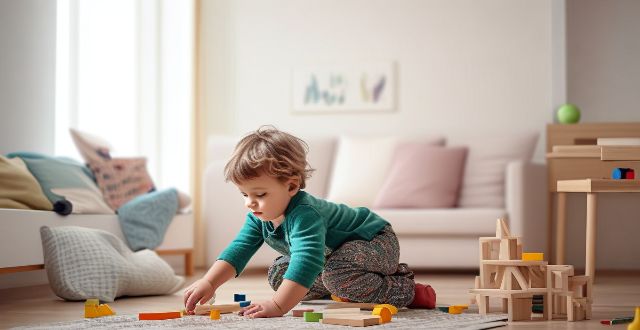
How to choose the right extracurricular activity for your child ?
Choosing the right extracurricular activity for your child is crucial for their development and well-being. Consider your child's interests, skills, and abilities, evaluate the time commitment and logistics, seek recommendations and read reviews, and involve your child in the decision-making process to help them choose an activity they will enjoy and benefit from.
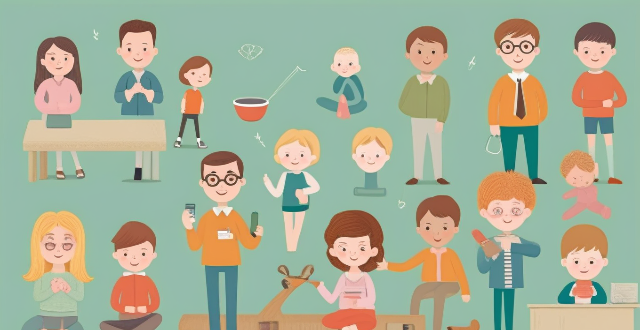
How do you identify a child who may have special education needs ?
Identifying a child with special education needs is crucial for providing them with the right support and interventions. Signs include delayed developmental milestones, difficulty in school, unusual behaviors or habits, and health concerns. If you suspect a child may have special education needs, consult with professionals to determine the appropriate course of action.

How can I teach my child better concentration habits ?
Concentration is an essential skill for children to develop as it helps them focus on tasks, learn new things, and achieve their goals. Teaching your child better concentration habits can be challenging, but with patience and consistency, you can help them improve their ability to pay attention and stay focused. Here are some tips to teach your child better concentration habits: 1\. Set Clear Expectations: Establish clear expectations for your child's behavior and concentration levels. Make sure they understand what is expected of them and why it is important. 2\. Create a Distraction-Free Environment: Minimize distractions in your child's environment to help them concentrate better. Turn off the TV, put away toys or electronic devices, and ensure that there are no loud noises or interruptions during study or task time. 3\. Break Tasks into Smaller Chunks: Breaking down tasks into smaller, more manageable chunks can help your child stay focused and avoid feeling overwhelmed. 4\. Use Visual Cues: Visual cues such as checklists or charts can help your child stay organized and focused on their tasks. 5\. Encourage Short Breaks: Encourage your child to take short breaks between tasks to recharge their mental batteries. A five-minute break every hour or so can help them maintain focus and avoid burnout. 6\. Practice Mindfulness Techniques: Mindfulness techniques such as deep breathing exercises or meditation can help your child develop better concentration habits. 7\. Praise Effort and Progress: Praising your child's effort and progress can motivate them to continue working towards better concentration habits. Acknowledge their accomplishments and encourage them to keep pushing themselves to improve.

What are the key elements of child safety education ?
Child safety education is crucial for the well-being and protection of children. It involves teaching children about potential dangers and how to avoid them. This educational process helps children develop a sense of awareness, responsibility, and self-protection. In this article, we will discuss the key elements of child safety education. The main elements of child safety education include personal safety, stranger danger, internet safety, home safety, school safety, and road safety. Personal safety includes teaching children about personal boundaries, private parts, and inappropriate behaviors. Stranger danger education helps children identify potential threats from unknown individuals. Internet safety education is essential in today's digital age. Home safety education focuses on creating a safe environment for children at home. School safety education aims to create a safe learning environment for children. Road safety education is crucial for children who walk or cycle to school or play outside. By focusing on these key elements of child safety education, we can help children develop the skills and knowledge they need to stay safe and protect themselves from potential dangers. Child safety education is an ongoing process that requires the involvement of parents, schools, communities, and governments.

How do family courts handle cases related to domestic violence and child custody ?
Family courts play a crucial role in handling cases related to domestic violence and child custody, prioritizing safety, investigating allegations, considering the best interests of the child, making custody decisions, and providing ongoing support and monitoring.
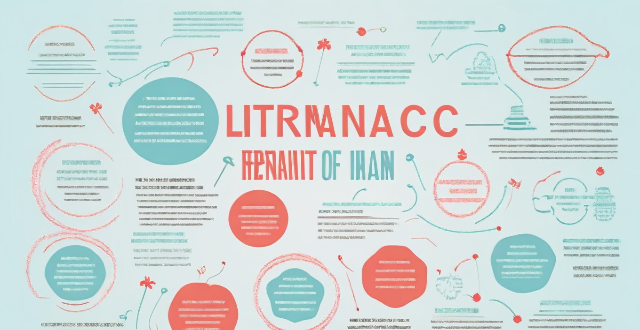
What is the relationship between physical literacy and child development ?
Physical literacy is crucial for child development, enhancing cognitive, social, emotional, and physical dimensions of learning. It improves memory, attention, problem-solving skills, communication, cooperation, empathy, self-esteem, resilience, muscle strength, cardiovascular health, and reduces the risk of chronic diseases. Incorporating regular physical activity into children's daily routines promotes their overall growth and well-being.

What are some creative ways to spend quality time with your child without using technology ?
Spending quality time with your child is crucial for their development and well-being. Here are some creative ways to do so without relying on technology: 1. Outdoor Adventures: Take nature walks or plan camping trips to explore the outdoors together. 2. Creative Activities: Encourage art projects and music making to foster creativity in your child. 3. Educational Games: Play board games that require critical thinking and work on puzzles together to improve cognitive abilities. 4. Physical Activities: Engage in sports or introduce yoga and meditation practices for physical and mental well-being. 5. Reading Together: Have storytime sessions and visit libraries regularly to foster a love for reading and learning.
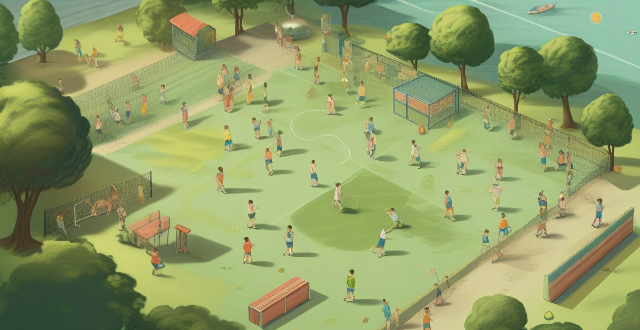
Can I get sports insurance for my child who plays school sports ?
Sports insurance can provide coverage for athletes participating in organized sports, including school sports. Consider factors like age limit, type of sports, level of competition, and coverage details when selecting a policy. Cost, duration, additional benefits, and the application process are also important considerations. While sports insurance offers peace of mind and financial protection, it can be expensive and may have limitations. Evaluate your child's needs and consult with an insurance professional to make an informed decision.
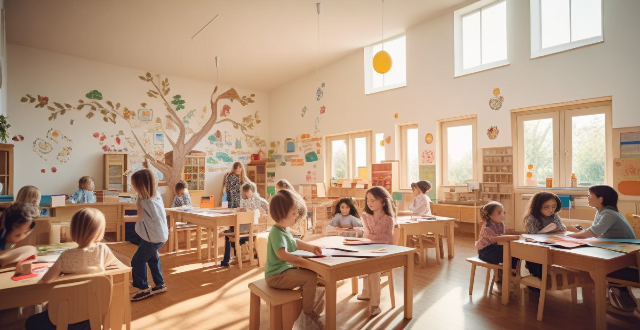
What measures should be taken to protect the rights of child laborers who work in industries affected by climate change ?
Protecting the rights of child laborers in industries affected by climate change requires a multifaceted approach that involves legislative actions, education and awareness, economic support, access to education, health and safety measures, and international cooperation. Ensuring that existing labor laws are enforced and amending legal frameworks to include specific provisions for protecting child laborers is crucial. Educating communities about the dangers of child labor and raising awareness among parents and communities about the importance of education can help reduce the reliance on child labor. Providing financial aid to families and creating alternative income sources can also reduce their dependence on child labor income. Improving access to education by building schools in rural areas and offering flexible schooling options can help accommodate children who need to work. Providing healthcare services and implementing safety measures in workplaces where child laborers are employed is essential. Collaborating with international organizations and sharing best practices can help address the issue of child labor globally. By implementing these measures, we can ensure that child laborers are protected and empowered to build a better future for themselves and their communities.
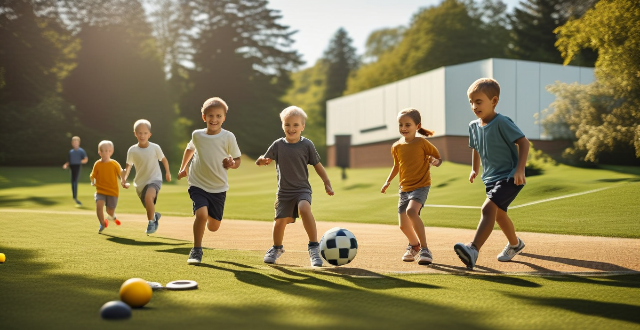
How do individual versus team sports differ in their impact on child development ?
Individual sports foster self-reliance and technical mastery, while team sports emphasize social skills and emotional intelligence. Both have unique benefits for child development, and the choice should consider the child's personality and desired skill development. A combination of both might provide the most well-rounded experience.

What should be included in a baby's first aid kit ?
The text provides a comprehensive list of items that should be included in a baby's first aid kit, organized into several categories: Basic Supplies (bandages, gauze pads, adhesive tape, antibiotic ointment, scissors, tweezers, disposable gloves, cotton swabs, thermometer); Pain Relief and Fever Reducers (Infant Tylenol or Motrin, teething tablets or gels); Digestive Issues (infant gas drops, oral rehydration solution); Skin Care (diaper rash cream, calamine lotion, hydrocortisone cream); Allergies and Cold Symptoms (saline nasal drops or spray, children's allergy medication, children's cough syrup); Miscellaneous Items (bulb syringe, instant cold pack, small flashlight with extra batteries, emergency contact information). The purpose of the text is to help parents be prepared for minor emergencies that may arise while caring for their baby by having these essential items readily available.